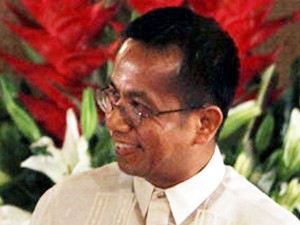Philippines failing to tackle rampant poverty–census
MANILA, Philippines – The Philippines has failed to make headway in cutting rampant poverty, with more than one in four citizens deemed poor despite the country’s economic growth, according to census figures released Tuesday.
The July 2012 poverty rate of 27.9 percent is practically unchanged from 2006 and 2009 data, according to the National Statistical Coordination Board.
Filipinos forced to live on less than US$0.62 a day are considered poor, according to the government’s poverty threshold.
Economic Planning Secretary Arsenio Balisacan said under-employment in rural areas, security problems in provinces facing insurgencies and warlords, and the falling price of a number of commodities such as sugar were mainly to blame.
“If the problem of visible under-employment in agriculture is addressed, then incomes of farmers would increase, poverty incidence would decrease, and we would not be compromising food security,” Balisacan said in a statement.
The nation of about 100 million people posted 6.6 percent economic growth last year, and this year obtained its first-ever investment-grade rating from Fitch Ratings.
However the January 2013 jobless rate stood at 7.1 percent, with a further 20.9 percent under-employed, or working fewer than 40 hours a week.
About 41.8 percent of the under-employed are in the farming sector, it said.
Norio Usui, Senior Country Economist for the Manila-based Asian Development Bank, said the government must solve the problem of jobless growth if it hoped to reduce poverty.
“I am not surprised at all. The benefits of strong economic growth have not spilled over to the people because they still cannot find a job,” he told AFP in a telephone interview.
He said the Philippines’ economic model depended on consumption, strong remittances from its large overseas workforce and the outsourcing industry, which employs highly educated workers.
However, the Philippines, with its weak industrial base, has stood out in the region, he added.
“Why do you need a strong industrial base? To give jobs not only to the highly educated college graduates, but also to high school graduates,” Usui said.
The government put the annual per capita poverty threshold at 9,385 pesos (227.24 dollars).
The state census board found that at least 28.6 percent of the population was considered poor in both 2006 and 2009.
